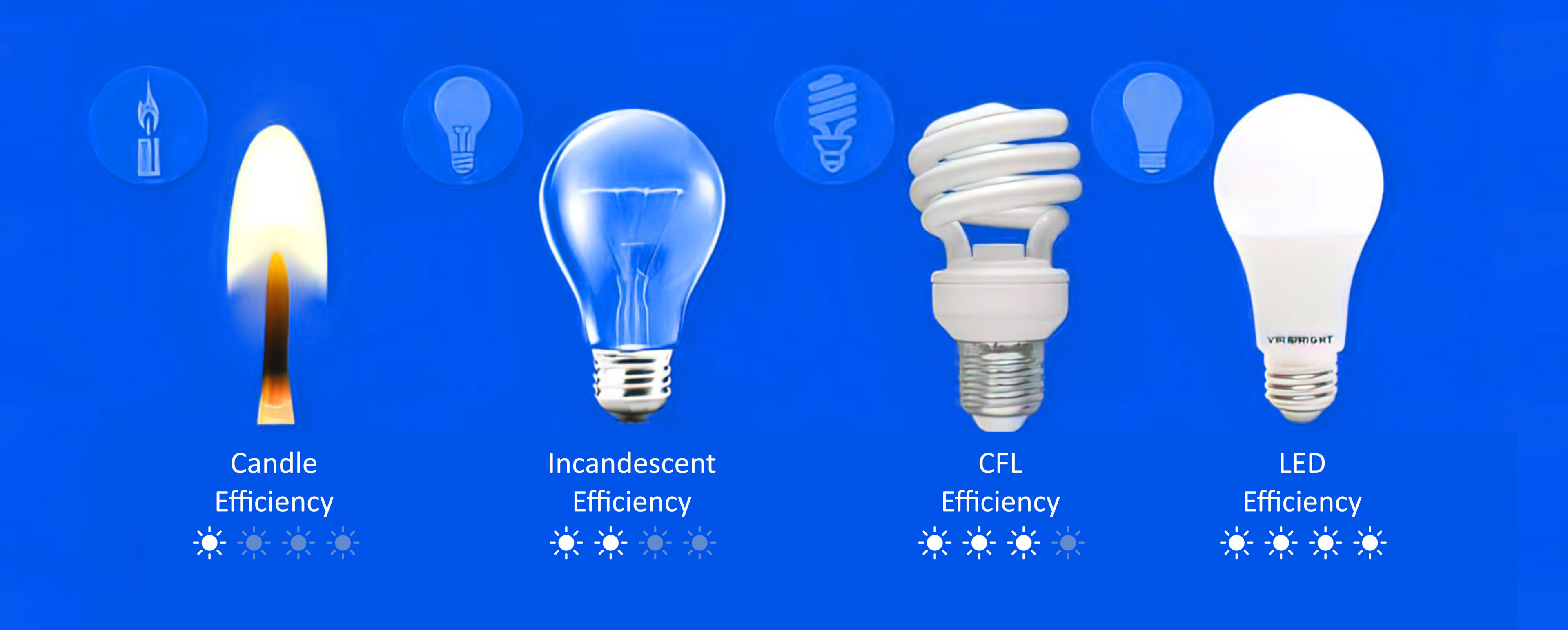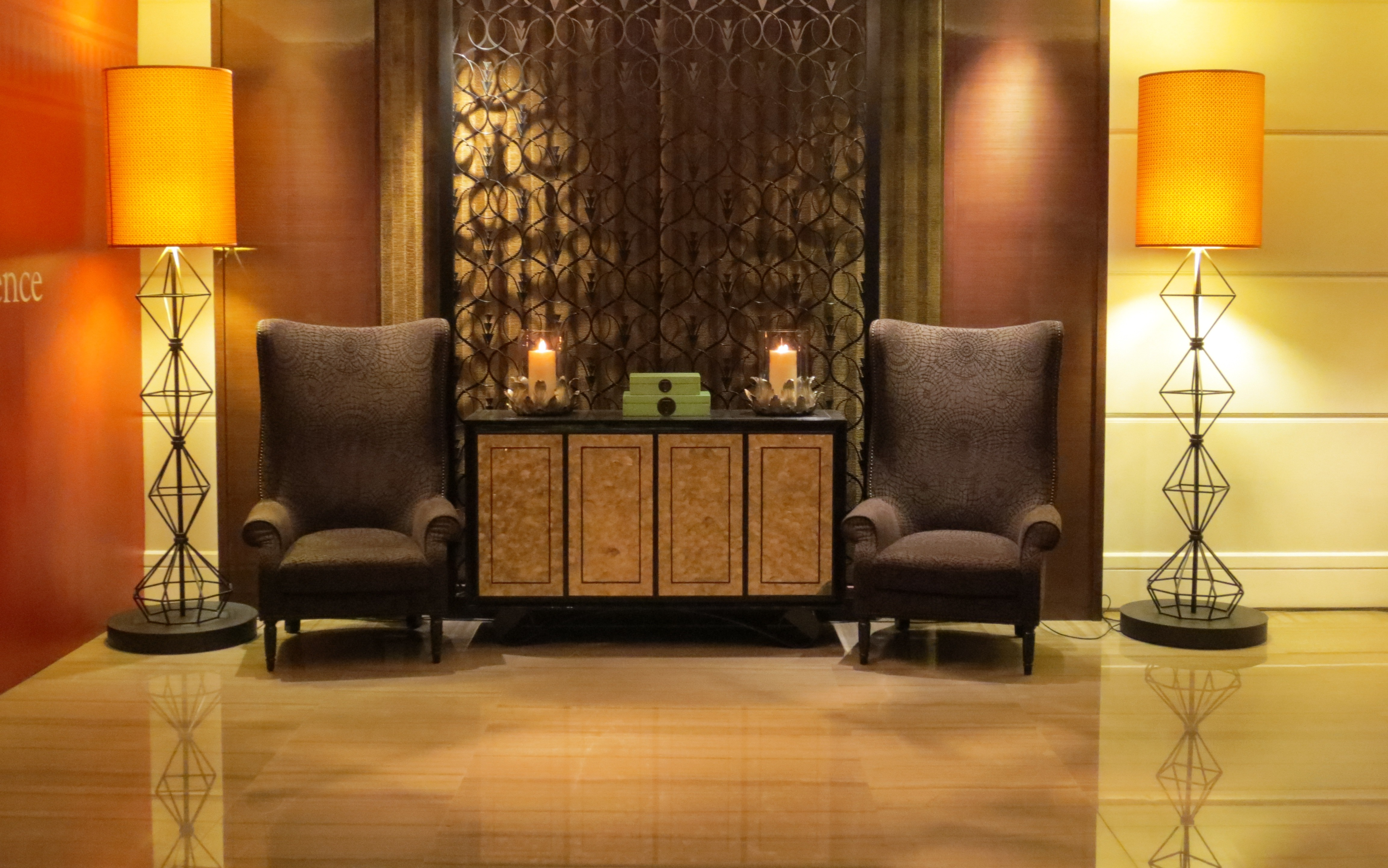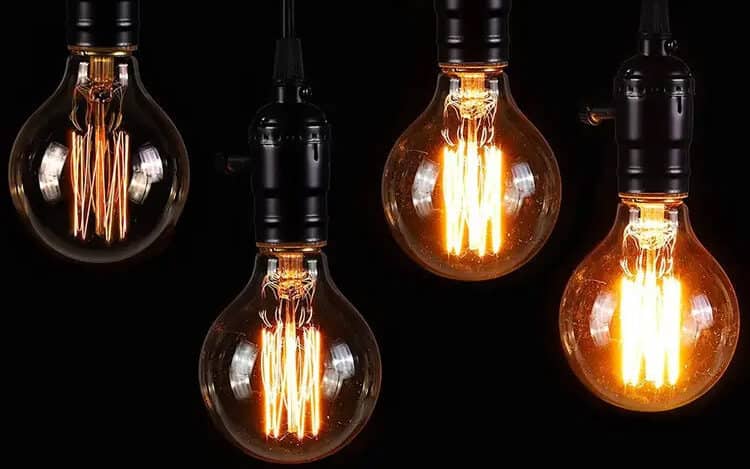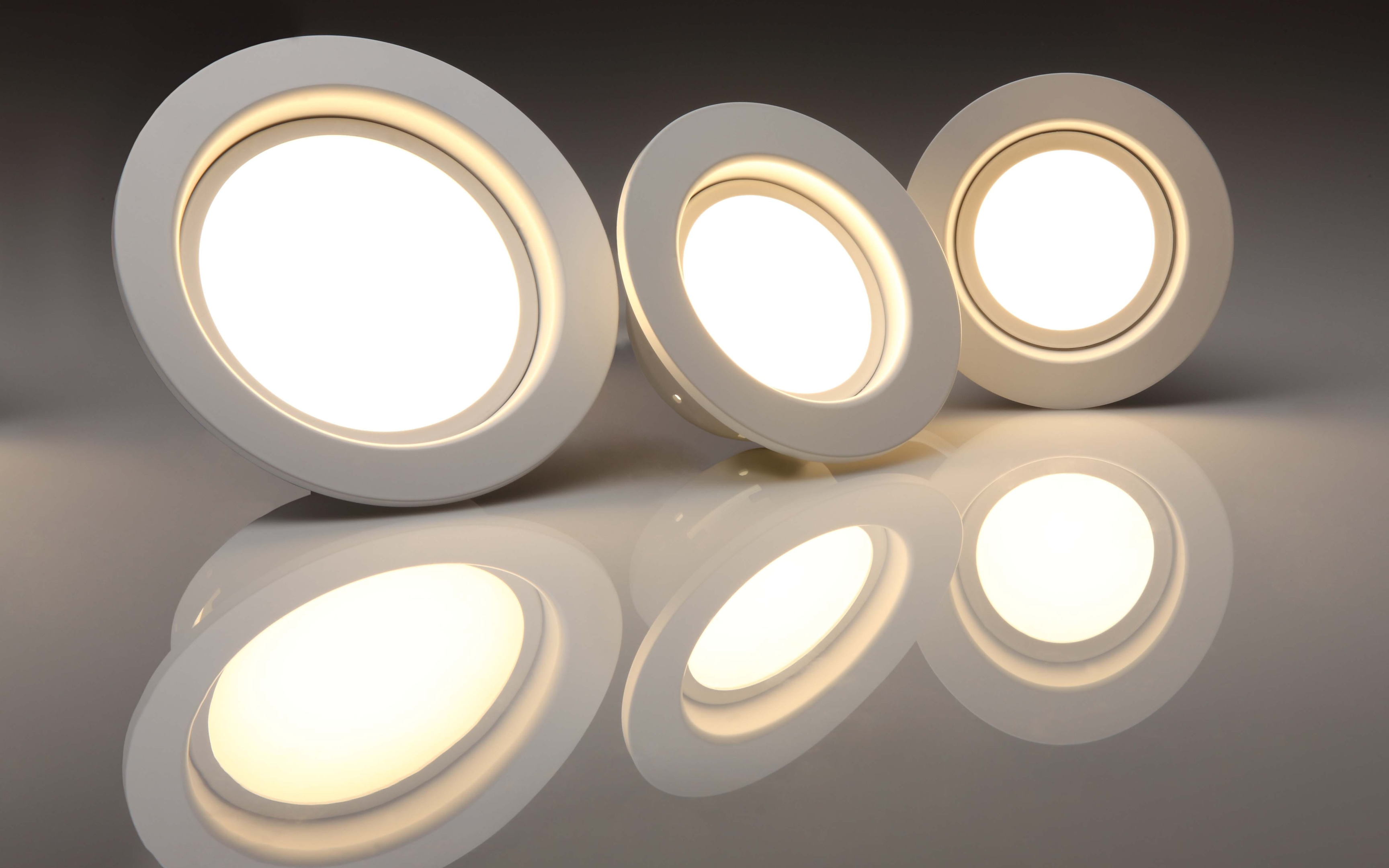
Good lighting and hospitality go hand in hand. Hotels must spend much time and money on good lighting design to achieve guest comfort and satisfaction. While lighting yields positive results, it also comes with hefty environmental costs. Sustainable lighting is not just a fad anymore but a core part of any modern business.
This article covers the importance of sustainable lighting solutions and the approach hotels can take toward sustainability.
How Traditional Lighting is Destroying the Planet
Traditional lighting solutions run hot, die quickly, and are a hassle to recycle. Whatever cost benefits they provide are immediately overshadowed by their maintenance/replacement costs.
Over 90% of the energy provided by traditional lighting solutions like incandescent bulbs turns into waste heat. The hospitality industry generally uses a lot of energy to light their building’s interior.
This means hotel owners indirectly heat their buildings using older lighting technology. This might be fine for cold winter days, but the hotels waste even more energy in summer through their cooling systems.
Traditional light bulbs are inefficient and fragile due to their reliance on vacuum-sealed glass enclosures. Most incandescent or halogen bulbs need to be replaced after less than a year of use.
A typical hotel with 100 rooms is expected to deploy over 1000 light bulbs. Thus, every year, those bulbs are replaced with new ones, throwing old ones in the landfill. Traditional lighting is destroying our planet through excess heat generation and material waste.
Traditionally, lighting is so devastating that as of April 2023, the US Department of Energy has committed to phasing out inefficient light bulbs. The move will push US citizens to adopt CFLs and LEDs and is expected to result in $3 billion in annual savings on nationwide utility bills.
Benefits of Sustainable Lighting Solutions
Sustainability goals like reduced energy consumption through energy-efficient bulbs are a necessity in today’s world. Even small changes to hotel lighting habits can result in significant benefits for consumers and the planet as a whole.

Smaller Carbon Footprint
Energy-efficient lighting solutions have an immediate and measurable impact on our overall carbon footprint. Hotels that switch from older incandescent or halogen bulbs to energy-sucking LED bulbs will see an 80-90% reduction in energy consumption.
The same amount of lumens, the same quality of light, but significantly lower power consumption.
Lower Electricity Costs
Of course, with lower power consumption comes lower electricity bills. Hotels spend a huge amount of money each year on electricity costs. Guests expect a certain ambiance and atmosphere from the hospitality sector; good lighting is a big part.
Since hotels can’t reduce the number of light bulbs, they can instead deploy efficient LED lights and save energy.
Lower Cooling Costs
One overlooked aspect of high energy efficiency is the cooling benefits. High-power devices waste energy as heat, which demands a high-power cooling system for the hotel.
The carbon footprint of traditional lighting is doubled when you look at its indirect costs. If we stick to the example of 1000 bulbs per hotel. At standard 800 lumens per bulb, incandescent bulbs use 60kW of power. 90% of which (50kW) turns into waste heat.
Your HVAC (heating and cooling systems) are working extra hard to remove 50kW of heat. If the same hotel were instead running on LED bulbs, the waste heat would be less than 5kW.
Versatile Lighting Design
Even if we ignore the energy costs and the fragile design of traditional light bulbs, we are still stuck with their awkward shape and size. Modern sustainable lighting solutions like LEDs are compact and efficient and come in all sizes and shapes.
LED lights allow unique and versatile lighting solutions, such as slim strip lights, hidden recessed ceiling fixtures, durable and waterproof floodlights, and even addressable RGB options.
Types of Sustainable Lighting Solutions for Hotels

We have established the dangerous side effects of traditional lighting and the benefits of sustainable lighting design. Let’s talk about the kinds of lighting-related sustainability solutions hotels can implement.
1 – Efficient LED Lighting
This one is a no-brainer. LED lighting is too beneficial for it to be not included in any 21st-century hotel. Sure, it can be a bit more expensive as an initial investment, but you will recover all that and more due to the impressive energy savings and longer lifespan.
2 – Natural Lighting
Natural light is the most cost-effective means of lighting your hotel interior. During the day, you can shift to almost exclusively relying on sunlight to illuminate your hotel rooms and lobby.
The only caveat here is that natural light requires an open floor style so that light can bounce throughout the hotel interior without restrictions. Large windows and wide-open halls are a must for natural lighting.
Additionally, you will need shades and thick curtains to block the sunlight if it gets too warm. There is no point in saving energy on light bulbs if you spend twice that on cooling costs.
It’s a tough balancing act that will have a massive sustainability impact.
3 – Smart Lighting Controls
Modern technology has allowed various smart lighting controls to maximize lighting efficiency. Lighting control systems allow businesses to schedule light bulb operational timings, control light bulbs remotely, and assess the lighting requirements per room.
Solutions Like DALI Lighting Control provide hotels with finer control over their lighting systems.
4 – Dimmable LEDs
Dimmable light bulbs are a small but noticeable contributor to a hotel’s appeal. Sometimes, hotel guests want some light in their rooms, but not a lot.
Traditional lighting solutions rely on using several smaller light bulbs and making the guests selectively turn off the undesired ones until an acceptable brightness level is achieved.

Dimmable LEDs offer a one-click solution brightness control. Guests can now control the entire room’s brightness using one switch. Dimming options increase guest convenience, reduce hotel lighting costs, and offer a more sustainable lighting solution.
5 – Motion Sensors
Motion sensors are a quick way to control the uptime of your light bulbs. Attach a set of motion sensors (also called occupancy sensors) to the hall lights; they will only turn on when a person enters the hall.
Almost all sections of the building accessible by hotel staff can benefit from motion sensor-controlled lighting systems.
6 – Solar Powered Lighting
Solar power is another green lighting solution with a massive impact. It’s similar to using natural light, except you are storing all that energy and selectively using it at a later time.
The biggest benefit of solar power is its versatility. You are not limited to using it for lighting; excess energy can be directed towards other aspects of your hotel or stored at night.
Combine the renewable energy of solar panels with the energy efficiency of LED bulbs, and you are looking at massive cost savings.
The only drawbacks are the higher upfront installation cost and the occasional maintenance requirements.
7 – Paint the Walls a Lighter Color
We have discussed solar panels, occupancy sensors, and LED bulbs. All of these are excellent solutions but require some upfront cost.
However, white paint is an inexpensive means of increasing room lighting efficiency. Light colors reflect light and create a brighter surrounding. Hotels can further reduce their energy use by painting rooms a lighter color.
8 – Strategic Lamp Placement
Another low-cost method of reducing energy usage is strategic lighting placement. Place movable light fixtures (lamps) in select areas around your hotel to save energy.
Lamps help create distinct and comforting mood lighting. They are also compact, energy-efficient fixtures that can be oriented according to guest requirements.
Instead of covering an entire room with a bright light bulb, a compact, low-energy lamp can provide selective illumination for tasks like reading or dining.
Challenges and Considerations for Sustainable Lighting

Sustainable lighting systems can certainly reduce energy consumption. However, the biggest hurdle for any hotel, big or small, is the initial investment cost. Most sustainable solutions require serious renovations and remodeling.
Thus, it is recommended that hotel owners make smaller changes first. Wall repainting is a regular part of hotel maintenance; painting walls a lighter color should be the first step.
Your next step should be to replace existing incandescent and halogen bulbs with LED bulbs. No additional wiring is needed, and this process can be done gradually over time.
If you are unsure about energy management and sustainable lighting, always seek advice from contractors and lighting professionals.
Conclusion
Traditional lighting was once an excellent option for hotels to elevate their interior space with mood lighting. But as our energy needs have grown, traditional light bulbs have been unable to keep up. Sustainable lighting solutions not only save energy for hotel owners but also reduce our overall carbon footprint. It’s a win-win situation and comes with huge benefits for businesses.
Discover Sustainable Lighting Solutions with RC Lighting
RC Lighting has been pushing for a decade for sustainable, efficient, and reliable LED lighting solutions.
Our diverse catalog contains high-quality premium lighting products that are ISO, CE, RoHS, and UL/ETL certified.
We offer all manner of hotel lighting solutions like LED recessed downlights, track lights, spotlights, and more.
Take the sustainability bull by the horns and get started with RC Lighting. Contact us Now!




